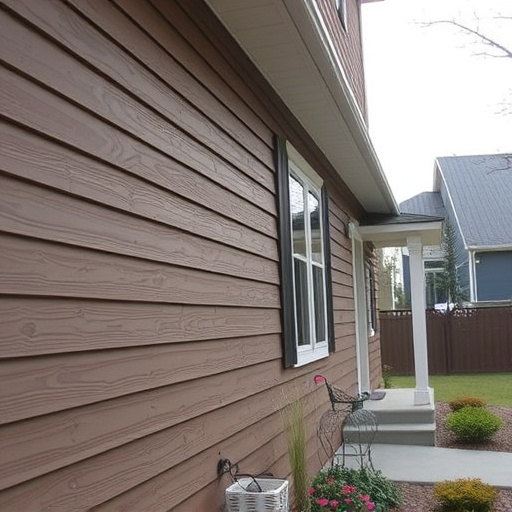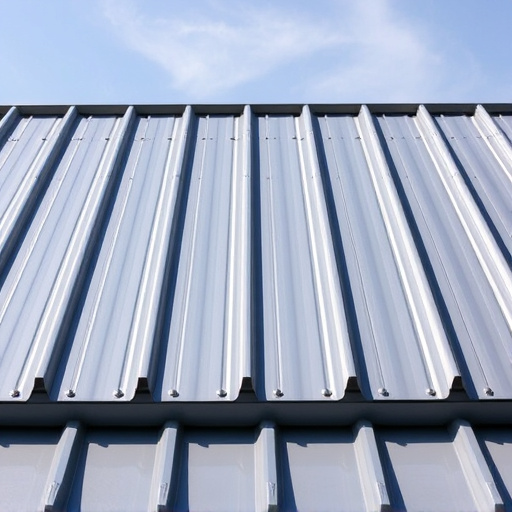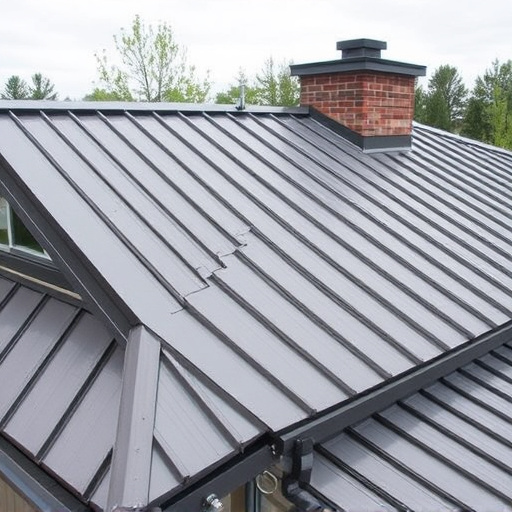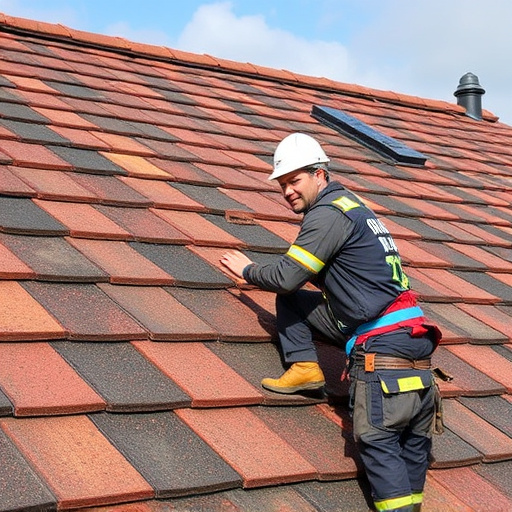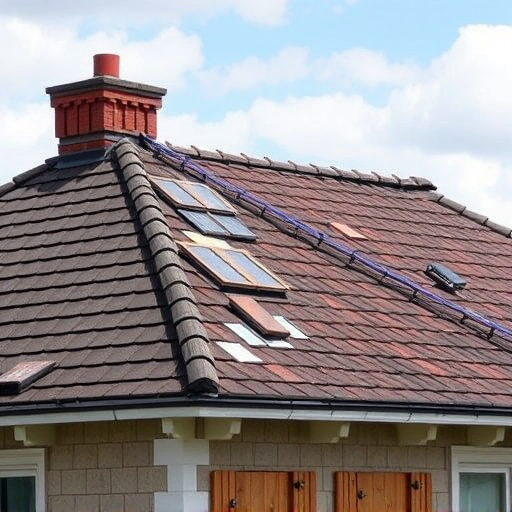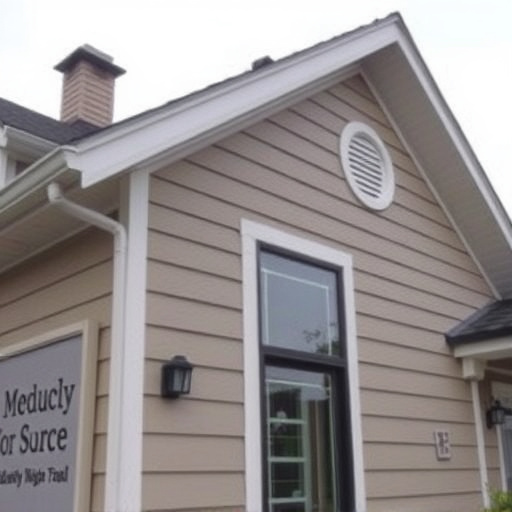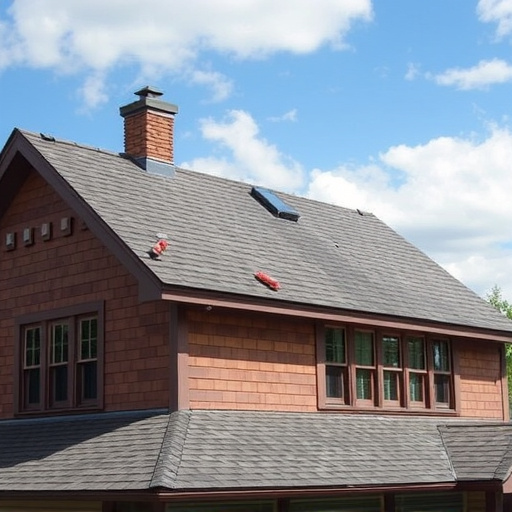Roof replacement varies by roof type: flat, sloped, or complex, each requiring specific materials and techniques. Flat roofs need load-bearing materials and drainage systems, sloped roofs demand wind-resistant shingles, and complex roofs may necessitate custom-fitted materials. Professional services use advanced tools and materials for precise installation, ensuring structural integrity and aesthetic appeal while offering energy efficiency benefits through commercial siding options. Post-installation inspections and quality gutter systems maintain proper drainage and protection against environmental factors.
Roof replacement is a significant home improvement project, and the process varies greatly depending on your roof’s design. Whether you have a flat roof, a sloped one, or a complex architectural line, understanding your options is key. This article guides you through the essentials of roof replacement, from identifying your roof type (flat, sloped, or complex) to exploring various installation methods and offering a step-by-step approach for a successful renovation.
- Understanding Roof Types: Flat, Sloped, Complex
- Evaluating Your Rooftop Replacement Options
- The Step-by-Step Guide to Installation
Understanding Roof Types: Flat, Sloped, Complex
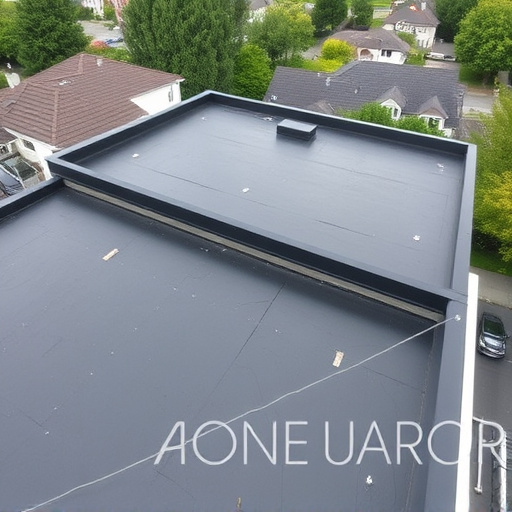
Roofs can be categorized into several types based on their structure and slope, each requiring specific considerations during a roof replacement project. Flat roofs are common in low-rise buildings and commercial structures, featuring a level surface that allows for easier access and lower installation costs. On the other hand, sloped roofs, often seen in residential properties, have a steep angle designed to shed water efficiently. These roofs demand specialized materials and techniques during the replacement process.
Complex roof lines represent a unique challenge as they incorporate multiple curves, valleys, or intricate designs. Such roofs may be found in historic buildings or modern architecture. When replacing these roofs, it’s crucial to consider not only the material but also the structural integrity of the existing framework. This often involves more detailed measurements, precise planning, and potentially, specialized siding repairs or installation to ensure a perfect fit and long-lasting protection against elements like storm damage repair.
Evaluating Your Rooftop Replacement Options
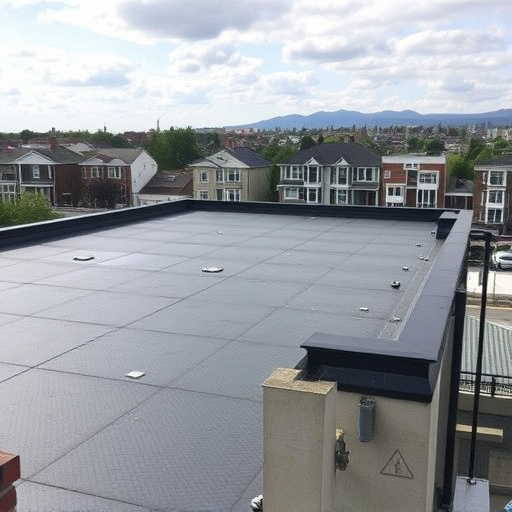
When evaluating your roof replacement options, understanding the unique characteristics of your rooftop is key. Whether it’s a flat, sloped, or complex roof line, each presents its own set of considerations. For instance, flat roofs often require specific materials that can withstand heavy loads and provide adequate water drainage, while sloped roofs demand shingles or tiles designed for better wind resistance and slope management. Complex roof lines add an element of design sophistication but may necessitate custom-fitted materials to ensure a perfect fit.
Exploring roofing solutions tailored to your structure’s needs is essential. Commercial siding options can enhance durability and aesthetics, providing long-lasting protection against the elements. Professional siding services specialize in installing various materials like metal, asphalt shingles, or even eco-friendly alternatives. These choices not only transform the look of your property but also contribute to energy efficiency and structural integrity, ensuring a sound investment for your roof replacement venture.
The Step-by-Step Guide to Installation
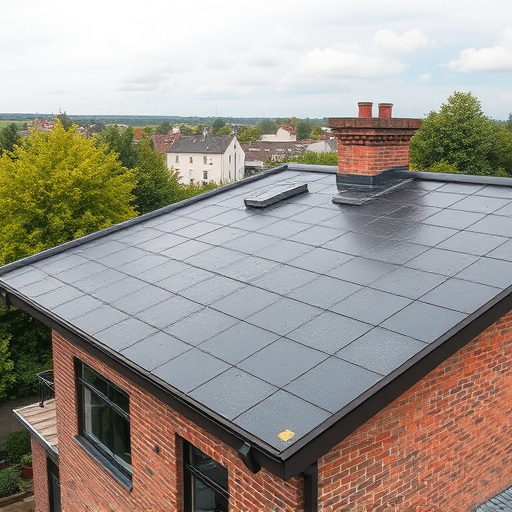
Roof replacement is a complex process that requires careful planning and execution. It’s crucial to follow a systematic approach for each type of roofline—flat, sloped, or complex—to ensure a durable and aesthetically pleasing finish.
The initial step involves removing the old roofing materials, preparing the underlayment, and installing new flashing and vents. For sloped roofs, proper measurement and cut-off of shingles is vital before applying a new layer of roofing material. Complex rooflines may necessitate specialized techniques or additional structural support. Home exterior services professionals often use advanced tools and materials to navigate these challenges. Once the new roof is in place, it’s essential to verify its integrity through thorough inspections and ensure proper drainage with quality gutter systems. Professional siding installation complementing the roof replacement enhances the home’s curb appeal and overall protection against the elements.
When considering a roof replacement, understanding your roof’s type is paramount. Whether it’s a flat, sloped, or complex design, the right materials and installation methods will ensure longevity and curb appeal. By evaluating your options and following a comprehensive guide, you can navigate this process with confidence, ultimately enhancing your home’s value and protection for years to come. Remember, a new roof is an investment, so choose wisely for a lasting solution.








